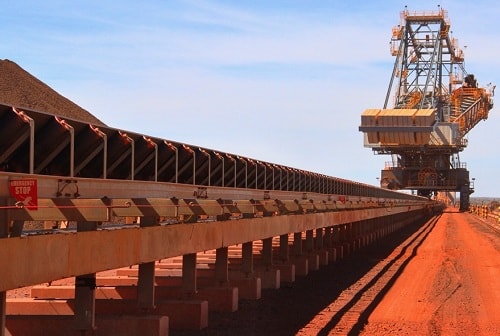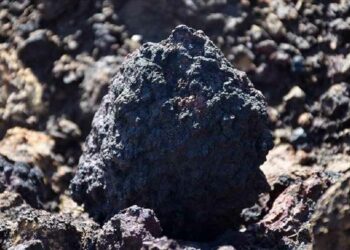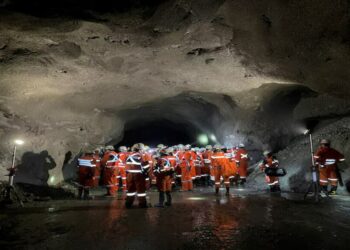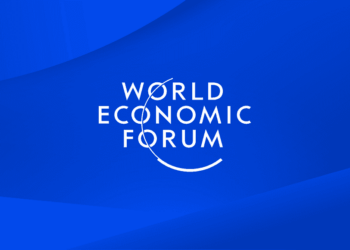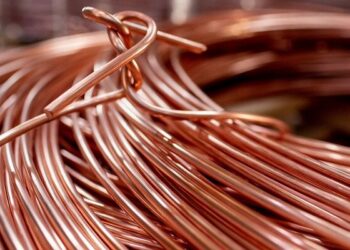BHP says it is looking into options to increase its iron ore export capacity at Port Hedland, in Western Australia, with the potential for a 40 Mt/y boost if “market conditions allow”.
The company is currently focused on hitting its 290 Mt/y capacity (on a 100% basis) in the medium term, but it said it wanted to be able to respond to further growth opportunities in the future if conditions allow.
BHP, prior to the spread of the COVID-19 virus, said it expected to ship 273-286 Mt of iron ore on a 100% basis in its 2020 financial year to June 30, 2020.
A public consultation on the expansion plan has begun ahead of BHP submitting an application to the Western Australia Government to gain a licence for this increased iron ore export capacity.
The licence application is the first step in a broader process. The company anticipates submitting the application next month once the consultation has occurred and the process towards the approval taking most of the rest of 2020.
BHP said the move was about “providing future options”, and “should not in any way be construed as a forecast or target”.
This is not the first time the company has talked about expanding capacity beyond the 290 Mt/y mark at Port Hedland. During the last boom when the company was still heading for 155 Mt/y capacity, it tabled an ambitious and expensive Outer Harbour development at Port Hedland. While the project was scrapped as the downturn ensued, it could have seen capacity rise to 450 Mt/y (on a 100% basis).
One area where the company has made a definitive pledge to invest in the Pilbara is around air quality and dust emissions.
BHP said it planned to spend A$300 million ($194 million) over the next five years to improve air quality and dust emissions across its Pilbara operations. This investment, it said, reinforces its commitment to the long-term, sustainable future of the Pilbara region as an economic powerhouse and follows A$400 million in projects already delivered over the past decade to minimise dust emissions across its supply chain.
BHP General Manager Port, Nilson Davila, said: “BHP has reviewed global best practice dust management and air quality control methods and identified new opportunities to further improve our approach. We recognise we have a shared responsibility to address dust issues in the Pilbara.”
The Pilbara air quality program involves:
The construction of wind fences at port operations, a method that has been proven to significantly reduce the potential for dust lift-off from stockpiles;
Trialling, with a view to “at-scale construction”, of vegetation barriers to capture dust in the West End in Port Hedland, in partnership with Curtin University and Greening Australia; and
Implementation of operational dust control projects across its entire Pilbara supply chain, such as moisture management systems, ore conditioning and monitoring infrastructure, and improvements across its existing controls at mines and port.
BHP said individual projects will still be subject to all necessary internal and state government approvals.
“The planned investment signals BHP’s strong commitment to the Pilbara, and particularly to the revitalisation of the West End into a vibrant commercial hub,” Davila said.
BHP said it remained committed to working with government, industry and the local community on the recommendations of the Port Hedland Dust Management Taskforce Report, including the development by the Department of Water and Environmental Regulation of best practice guidelines for bulk handling facilities and their implementation.



